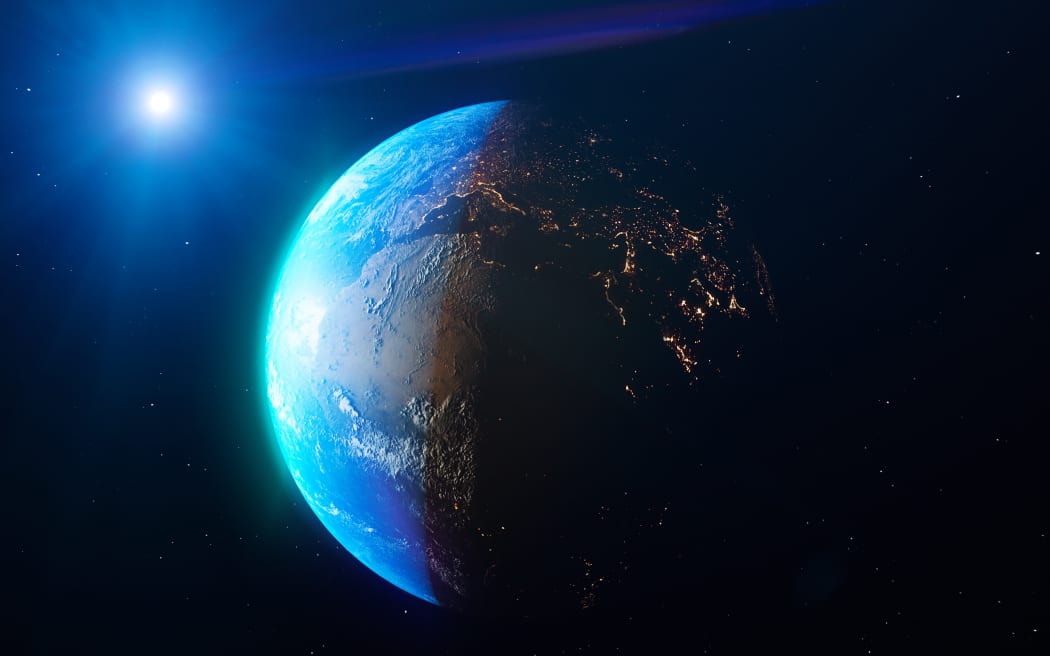
A section of the Eastern Pacific Ocean has been cooling, mystifying scientists as the rest of the ocean warms. Photo: 123RF
Scientists have been researching the cooling ocean east of New Zealand for a while, but more recently it has really been getting attention.
Dr Pedro DiNezio - an Associate Professor at the University of Colorado’s department of Atmospheric and Oceanic Sciences - calls the phenomenon "the most important unanswered question in climate science".
What’s been dubbed a “cold tongue” stretches off the coast of South America.
“That part of the eastern tropical Pacific, a huge swathe of the Pacific Ocean from Chile to the Equator almost halfway through the Pacific, all that part of the ocean has been cooling despite almost the rest of the world warming. We’ve been trying to figure out what’s going on out there.”
The cooling region contradicts what’s happening throughout much of the rest of the world with oceans warming rapidly, but it's a sign of bigger uncertain patterns in global weather.
“I know it can be confusing, but the Pacific Ocean is a third of the Earth’s surface, so it’s a huge area of the planet that has been cooling while the rest of the planet has been warming.
“That part of the Pacific, the climate models are telling us that actually it should be warming faster than the rest of the surrounding ocean, so that’s even more puzzling. We’re trying to figure out why.”
“For a while we thought it was just a natural fluctuation,” DiNezio said, such as phenomenons like El Niño and La Niña.
“It’s been going for a while, so now we’re starting to question that explanation.
“It’s about 1 degree Celsius, it’s not a lot but recall that the planet has been warming about, now, in excess of one degree, so it’s a huge departure from what the rest of the planet is doing.”
One theory is that the “cold tongue” is linked to cold seas flowing from the Antarctic where sea ice is rapidly melting.
“That’s one of the explanations,” DiNezio said. “…There’s some ideas that propose that that cooling can be transported by winds and ocean currents into the eastern side of the Pacific and then expand all throughout the tropical Pacific, producing what we see, but that’s not crystal clear, because we don’t have a climate model that simulates what we’re observing.”
Much of the cold water actually comes from directly south of New Zealand, but Antarctic currents carry it away toward the east, he said.
What kind of effects could this “cold tongue” have? It may reach to our side of the Pacific.
“The accelerated rates of sea level rise in the Western Pacific that are affecting islands much closer to you … those places have been experiencing rates of sea level rise that are three times what the rest of the world are experiencing, and they are all related to this cooling pattern.
“With this cooling pattern you also have a warming pattern off the coast of Australia, New Zealand. At the same time as the Eastern Pacific cools, it’s warming much faster on your side of the Pacific.”
The grim climate models and an onslaught of catastrophic weather so far this year have scientists worried, he said.
“What this is telling us is, we have to think hard about really mitigating the causes of global warming.”

